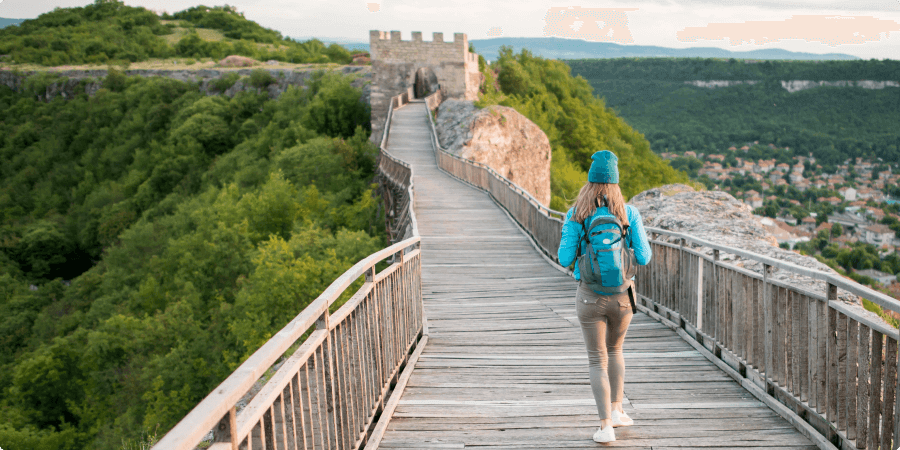Why Travel to Djibouti?
Djibouti is one of East Africa’s most unique and underrated travel destinations. From volcanic landscapes and salt lakes to coral reefs and prehistoric art, it offers a diverse mix of natural and cultural attractions.
Abourma Rock Art : Djibouti’s Prehistoric Art Gallery
Located in the northern mountains, Abourma is home to over 900 rock carvings dating back more than 7,000 years. These petroglyphs offer a glimpse into Djibouti’s early civilization.

Allols: Djibouti’s Hidden Salt Desert
Just north of Lake Assal, the Allols region features salt-encrusted plains, volcanic plateaus, and warm water springs. A must-see for adventurers and photographers.

Godoria: Djibouti’s Coastal Biodiversity
Along the northeastern coast, Godoria is renowned for its mangrove forests, coral reefs, and migratory birds like flamingos and pelicans. Experience its wonders with eco-tours and kayaking trips.

Essential Travel Tips for Visiting Djibouti
- Best travel season: November to February (cooler temperatures).
- Bring lightweight clothing, sun protection, and water-resistant shoes.
- Local currency: Djiboutian Franc (DJF) – USD and Euros accepted in some areas.
- Languages spoken: French, Arabic, Somali; English in tourist zones.
- Visa: Most nationalities can get an e-visa online or on arrival.



















